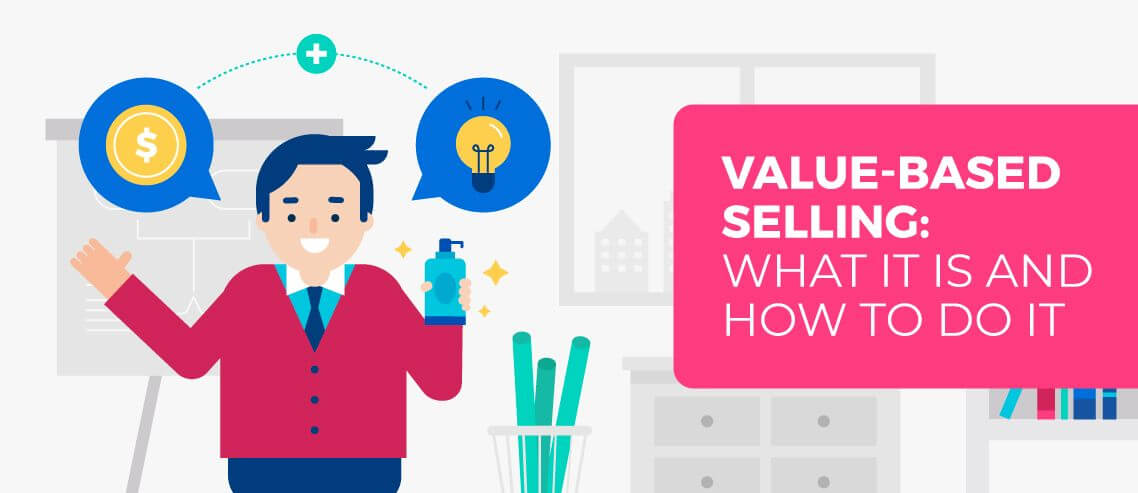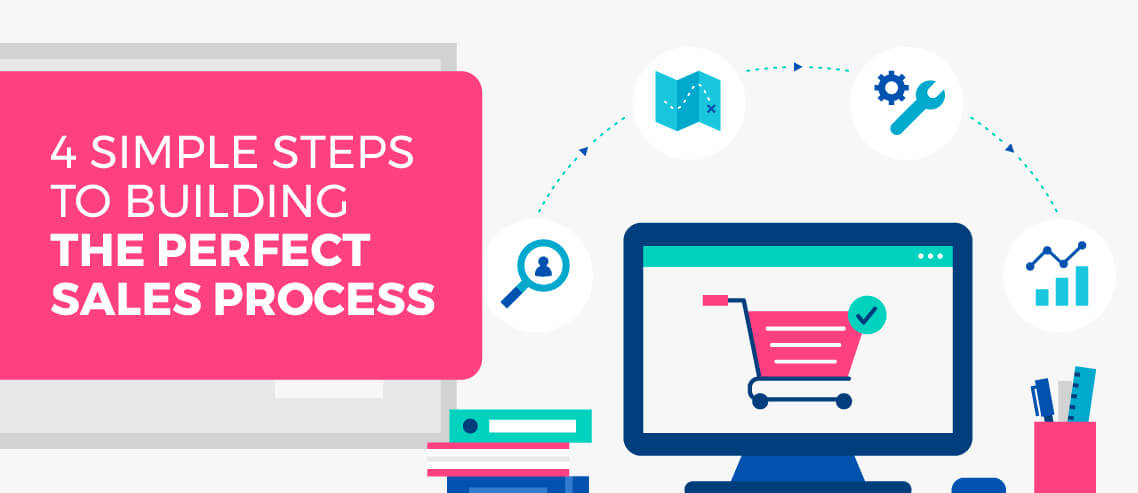Sales Development Representative (SDR): The Complete Guide

Contents
Up until a few decades ago, most companies only had two types of sales positions – inside sales and outside sales.
While the inside reps hammered the phones and sent letters, the outside team would knock on doors, go to meetings, and attend events.
Each was important to the success of the business and had its own integral part of the sales process.
Fast forward to the current day and things have become even more specialized. Today, sales functions rely on multiple highly specific roles for all sorts of tasks. A typical sales organization might have business development representatives, sales development representatives (SDRs), sales executives, account executives, and more.
In this article, you’ll learn everything you need to know about the SDR role:
What Is a Sales Development Representative?
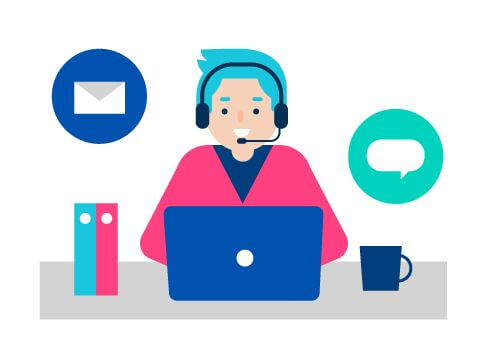 At the start of the business year, companies set their strategic goals.
At the start of the business year, companies set their strategic goals.
Often, they will do the math on all the smaller targets that need to be achieved in order to hit their overarching objective.
For instance, to hit $X million in revenue, they need to retain Y% of their current client base, while closing Z new deals a month.
Those more granular targets directly impact the sales development representative, who has ultimate responsibility for outbound prospecting.
SDRs can sit within the sales or marketing teams, but more often than not, they report to managers within the sales function. It’s up to them to generate enough leads to hit those X new deals a month, bearing in mind the company’s average conversion rate of leads to sales.
Once targets have been identified and broken down into smaller, team-level goals, sales development representatives begin the task of cold prospecting via email and phone.
They might reach out to dozens – or even hundreds – of people in an average day in the hope of striking up a conversation and moving prospects down the sales funnel.
To be successful in the role, sales development representative must become specialist educators, using their product and industry knowledge to help potential customers solve real-world business problems.
Why Do Companies Need a Sales Development Representative?
Prospects have different needs and motivations depending on where they are in the sales funnel.
As such, it makes sense to have a specialist salesperson dedicated to each stage of the funnel – and the SDR’s expertise lands right at the top.
With their skills in cold outreach and generating appointments, sales development reps ensure the top of the funnel is constantly topped up with a stream of fresh prospects.
Where their work ends, the account executive’s work begins. Once an SDR has engaged a prospect and got them talking, the account exec will step in and (hopefully) close the deal.
What Is the Role of a Sales Development Representative?
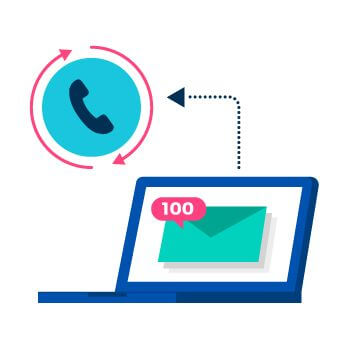 In the SDR game, volume of activity is everything. Generally speaking, the more (effective) calls you make and emails you send, the more prospects you’ll turn into leads.
In the SDR game, volume of activity is everything. Generally speaking, the more (effective) calls you make and emails you send, the more prospects you’ll turn into leads.
With that in mind, most sales development representatives have pretty regimented and consistent workloads. A typical day in the life might look like this:
- Check the calendar for appointments that day
- Check email to see if any prospects responded or engaged with their email
- Check voicemail to see if they got any callbacks
- Attend the daily standup
- Check social media for direct messages and engagement
- Begin cold prospecting with outbound calls and emails
- Attend sales meetings
- Send follow-ups or connection requests via social media
- Check activity and performance logs for the team
- Have one-to-one review with manager
- More cold prospecting with outbound calls and emails
The Top 5 Skills Every Sales Development Representative Needs
Not everyone is cut out for the life of a sales development rep.
It’s a fast-paced, high-pressure role – after all, if the SDRs aren’t doing their job, the company isn’t generating enough leads, which means it won’t close enough deals or hit its revenue targets.
To make it as an SDR, you need these five skills:
1. Curiosity
A good SDR has the energy to keep sending emails and making calls, all day, every day.
But a great SDR does it all with a sense of curiosity. They’re not just hitting their activity targets; they’re genuinely eager to learn more about the wider industry in which they work, the competition they’re up against, and the customers they’re speaking to day in, day out.
That thirst for knowledge helps them build confidence on the phone and gain the trust of the people they speak to, which in turn helps them turn more prospects into qualified leads.
As such, the best SDRs are constantly asking questions like:
- Why would someone buy our product rather than our competitor’s?
- What’s the best way for me to get a prospect bought in from the very start of a call?
- Which types of prospects am I best at speaking to?
- How can I get better at speaking to other types of prospects?
2. Empathy
For SDRs, gaining the trust of their prospects goes a long way toward converting them into leads.
Empathy is a vital skill when it comes to building trust, enabling reps to demonstrate that they care more about the prospect’s business challenge than they do about closing the deal.
Of course, anyone can claim to be empathetic, but actually doing it is another thing entirely.
Empathetic SDRs listen more than they talk. That way, they can truly absorb what the prospect is telling them.
Repeat what the prospect has just said so they’re sure you understand things from their perspective, and don’t be afraid to keep on asking questions until you get to the root cause of a problem, not just the symptoms.
3. Product Knowledge
Naturally, you need to know about your industry, competitors, and customers. But it counts for little if you can’t also answer basic questions about your own product.
If your product doesn’t change too much, there’s simply no excuse not to know it inside out.
If it’s more complex, you still need a basic understanding of it – and you also need to know who you can turn to for more advanced assistance during the demo process. Sales engineers can be your biggest allies at this stage.
4. Objection Handling Skills
Arguably the most difficult part of the SDR role is handling objections.
Why? Because you simply don’t know what your prospects are going to say, and if you don’t respond in a convincing manner, you could sink the whole deal.
However, it’s important to note that there are only so many objections. Most will revolve around common themes like price and timelines. Write down every objection you hear and craft a persuasive response that you can repeat next time you encounter it.
When it comes to planning a reply, focus on helping prospects recognize the challenges they’re facing and how your product can mitigate them. For instance:
- Objection: We don’t have budget for that right now.
- Response: We have a customer with a similar issue to yours. When they bought our product, they actually saved $X through efficiencies.
- Objection: Company Y sells a similar product to yours, but for much cheaper.
- Response: Company Y’s product doesn’t have this specific feature. I believe that this specific feature would have a big impact on your business.
5. Relentlessness
Even exceptional SDRs will hear “no” a lot more than “yes”. It comes with the territory of cold outreach.
What separates the best from the also-rans is their ability to dust themselves down and immediately pick up the phone or write another email.
How do you do that? By embracing rejection.
Keep in mind that every “no” you hear gets you another step closer to that all-important “yes”.
Also, consider that a lot of prospects simply aren’t in a position to buy. The sooner you can disqualify them from your process and move on, the better.
According to research, SDR’s hired today have only 1.4 years of experience. In 2010 it was 2.5 years.
Tips on How to Become a Successful Sales Development Representative
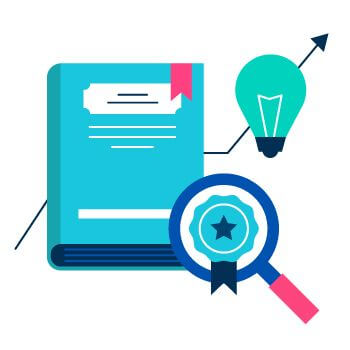 The SDR role is very process-driven. That means if you’ve got the innate skills required for the job, there are tried-and-trusted ways to level up your performance. For instance:
The SDR role is very process-driven. That means if you’ve got the innate skills required for the job, there are tried-and-trusted ways to level up your performance. For instance:
- Find yourself a mentor. Someone with the experience to help you solve problems and learn from your mistakes.
- Dissect the habits and talk tracks of the best SDRs at your company. Pick out what works for them and apply it to your own conversations with prospects.
- Read sales books and expand your knowledge. Broadening your horizons and embracing new ways of thinking can help you become a better-rounded salesperson.
- Be candid with your prospects. Gain their trust by being upfront about the limitations of your product and also what it does well.
Conclusion
The sales development representative role is demanding. You face constant rejection and are under pressure to hit testing targets.
However, it can also be extremely fulfilling. If you’re a people person who loves striking up new working relationships and solving problems, it could be the perfect position for you.
Plus, as with any sales job, the financial rewards can be excellent.


